Shift Towards Clean Label Products
The protective cultures market is benefiting from the growing consumer preference for clean label products. As consumers increasingly seek transparency in food labeling, manufacturers are responding by incorporating natural ingredients, including protective cultures, into their products. This shift towards clean label offerings is not only a response to consumer demand but also aligns with the broader trend of health consciousness. The protective cultures market is likely to see a rise in demand as brands strive to meet these expectations, potentially leading to a market growth rate of around 7% in the next few years. This trend underscores the importance of protective cultures in formulating products that resonate with health-conscious consumers.
Regulatory Compliance and Standards
The protective cultures market is significantly influenced by the evolving landscape of regulatory compliance and food safety standards. As regulatory bodies in the US continue to implement stringent guidelines for food safety, manufacturers are increasingly turning to protective cultures to ensure compliance. These cultures not only help in extending shelf life but also play a crucial role in meeting safety standards set by organizations such as the FDA. The protective cultures market is thus likely to witness growth as companies invest in these solutions to avoid potential penalties and enhance their market reputation. The financial implications of non-compliance can be substantial, making the adoption of protective cultures a strategic necessity for many food producers.
Growing Consumer Awareness of Food Safety
The protective cultures market is experiencing a notable surge due to increasing consumer awareness regarding food safety. As consumers become more informed about the potential risks associated with foodborne pathogens, they are demanding safer food products. This heightened awareness is prompting food manufacturers to adopt protective cultures as a means to enhance the safety and shelf life of their products. According to recent data, the market for protective cultures is projected to grow at a CAGR of approximately 8% over the next five years, driven by this consumer trend. The protective cultures market is thus positioned to benefit from the shift towards safer food options, as manufacturers seek to meet consumer expectations and regulatory standards.
Rising Demand for Plant-Based Alternatives
The protective cultures market is also being driven by the rising demand for plant-based alternatives in the food industry. As more consumers adopt vegetarian and vegan diets, there is a growing need for effective preservation methods that maintain the quality and safety of plant-based products. Protective cultures play a vital role in this context, as they can help inhibit spoilage and extend the shelf life of these alternatives. The protective cultures market is poised for growth as manufacturers seek to innovate and improve the safety of plant-based offerings. This trend is expected to contribute to an overall market expansion of approximately 9% over the next few years, reflecting the increasing popularity of plant-based diets.
Technological Advancements in Food Preservation
Technological advancements in food preservation techniques are significantly influencing the protective cultures market. Innovations in microbial technology and fermentation processes are enabling the development of more effective protective cultures that can inhibit spoilage and pathogenic microorganisms. These advancements not only improve the efficacy of protective cultures but also expand their application across various food products, including dairy, meat, and baked goods. The protective cultures market is likely to see an increase in demand as manufacturers leverage these technologies to enhance product quality and safety. Furthermore, the integration of these advanced preservation methods is expected to contribute to a projected market growth of around 10% in the coming years.


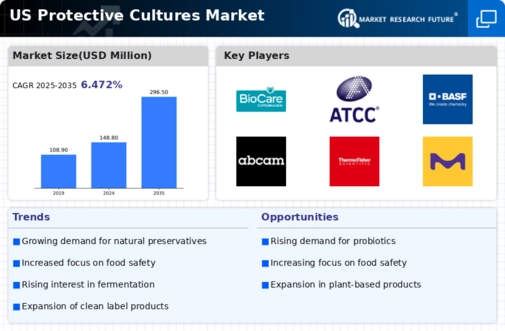

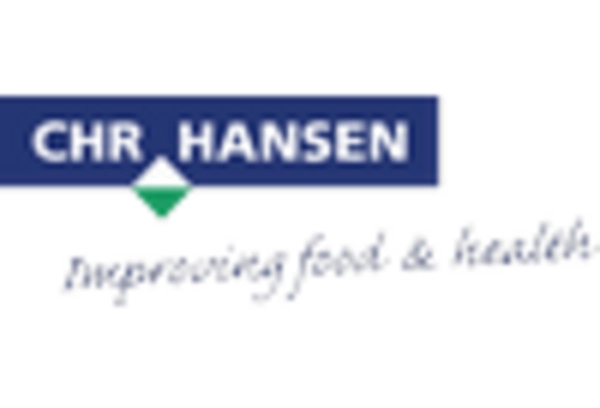
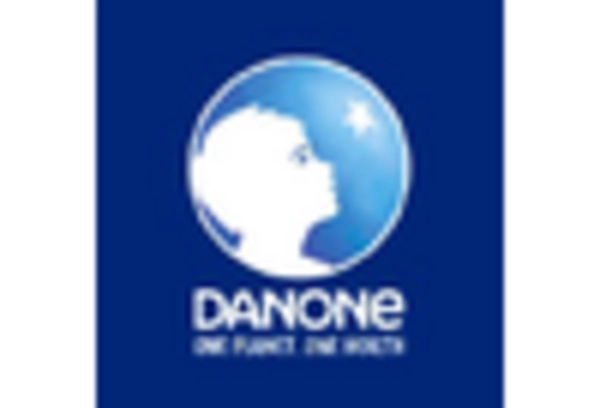

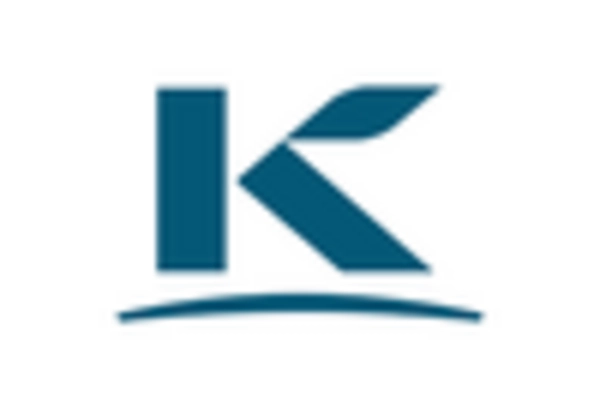
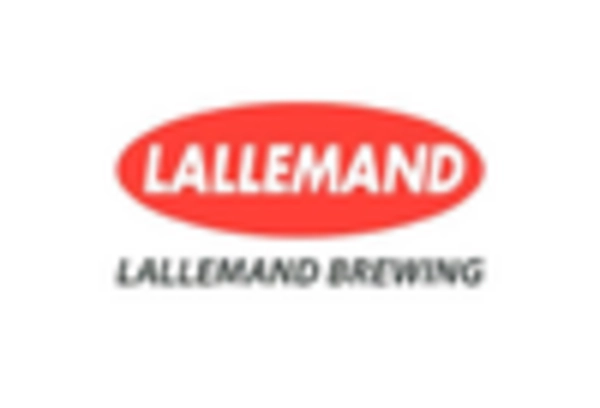








Leave a Comment